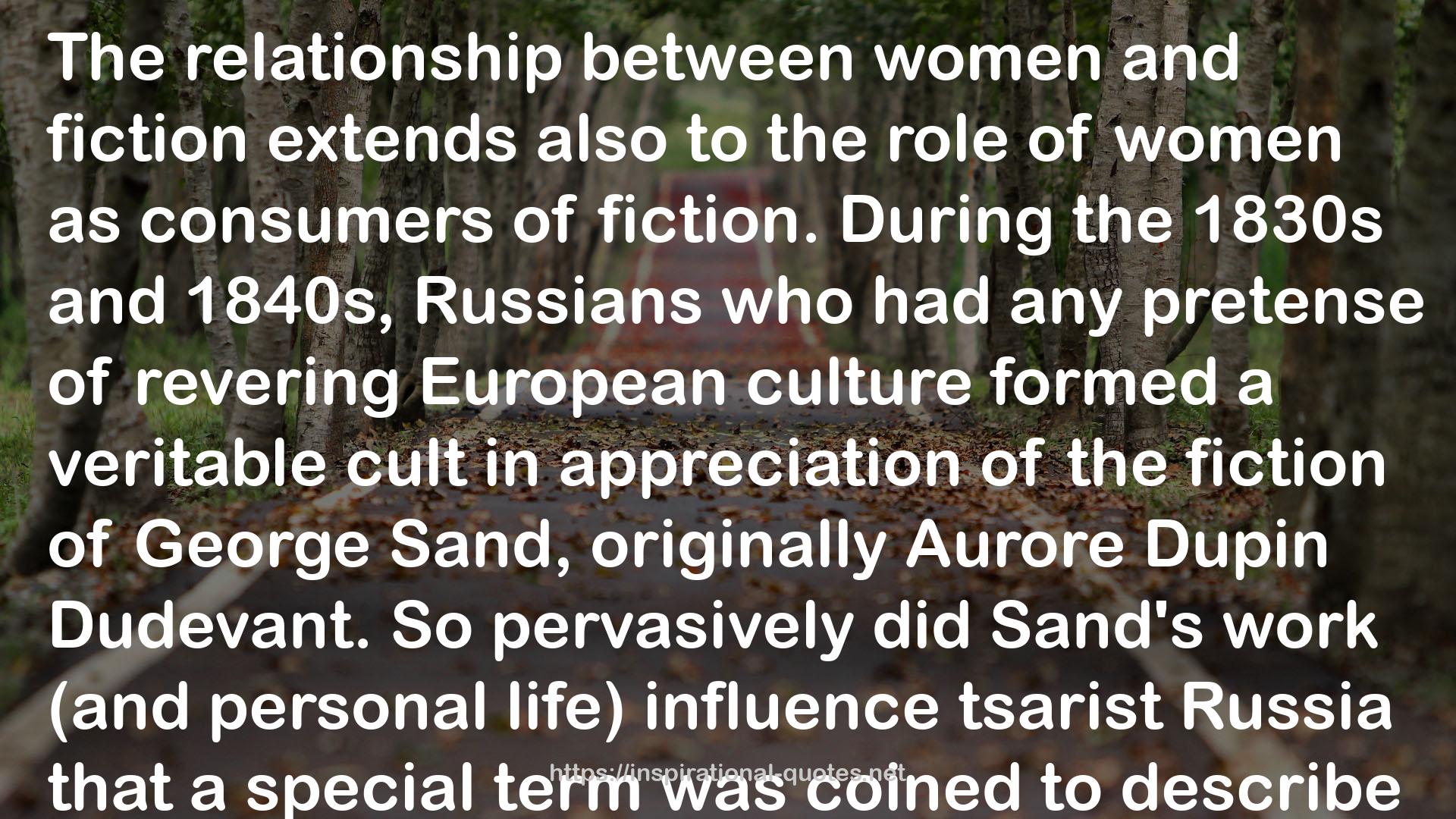George Sand and the Nineteenth-Century Russian Love-Triangle Novels QUOTES
SOME WORKS
- So Far So Good: Final Poems: 2014-2018
- Planet of Exile (Hainish Cycle, #2)
- Planet of Exile / Mankind Under the Leash
- The Lathe of Heaven / The Dispossessed / The Wind's Twelve Quarters
- Late in the Day: Poems 2010–2014
- Orsinian Tales
- Unlocking the Air and Other Stories
- Ursula K. Le Guin: Conversations on Writing
- The Books of Earthsea (Earthsea Cycle, #1-6)
- The Secret History of Fantasy

